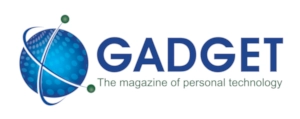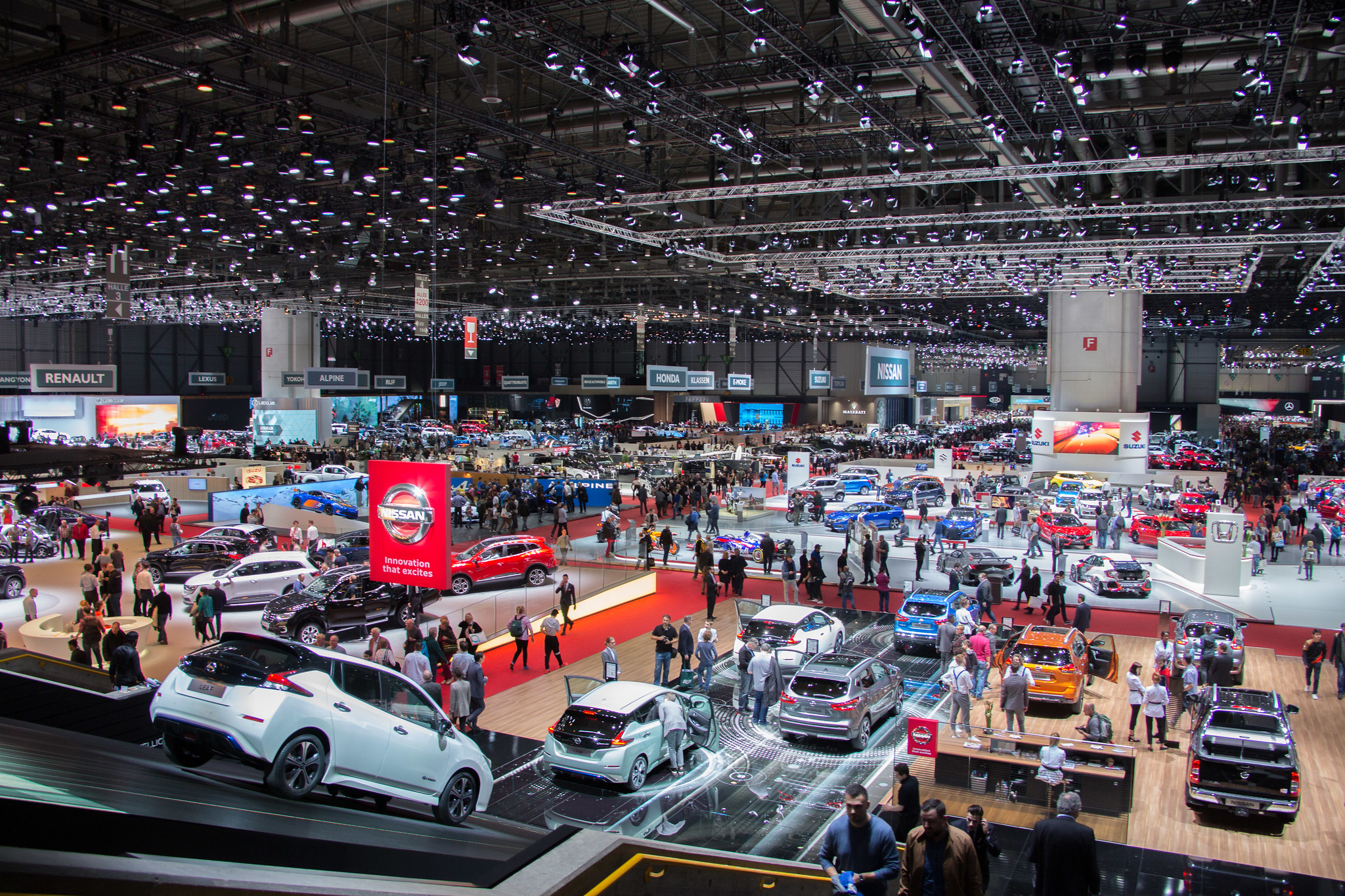Featured
The end – and beginning – of car launches
The car launch industry is still figuring out how to drive into the high-tech future, writes ARTHUR GOLDSTUCK
Share
- Click to share on X (Opens in new window) X
- Click to share on Facebook (Opens in new window) Facebook
- Click to share on LinkedIn (Opens in new window) LinkedIn
- Click to email a link to a friend (Opens in new window) Email
- Click to share on Reddit (Opens in new window) Reddit
- Click to share on WhatsApp (Opens in new window) WhatsApp
- Click to share on Pinterest (Opens in new window) Pinterest
There was a time, not too many months ago, when vehicle manufacturers could still wow the world with new reveals at motor shows and thrilling experiences at launch events.
Then, in late February, the wheels came off for the entire automotive events industry as the Swiss government banned large events to curb the spread of the coronavirus. Organisers of the Geneva Motor Show, expected to draw 600,000 people from 5 to 15 March, announced they were pulling the plug on the car extravaganza.
While the likes of BMW and Mercedes-Benz went ahead with live-steamed versions of their events, it was all rather makeshift. Some makers said they would explore digital options, or merely issued press releases detailing their latest models. It took the industry almost three months to get back into cruise mode.
The result has been a fascinating mirror of the world of work. Every major marque has sought a different spin, much as remote working has generated numerous alternative approaches to online collaboration, videoconferencing and virtual events.
In the same way, the intense schedule of global technology events set to run from March to May was all shoehorned into a few weeks in June. Some used Zoom, others Microsoft Teams, while most outsourced their events to third party platforms. That didn’t always go so well, with various events crashing. That wouldn’t be a good look for car launches.
Nonetheless, the 10 days in the middle of June was also peak launch time for the South African motoring industry. And, as with the global picture, it encapsulated the quest for the ideal virtual launch platform. In some cases, the medium also expressed the message.
So, on Tuesday 9 June, Audi South Africa turned to Skype For Business to host its first online Media Meeting, where it also introduced its recently launched new Audi A6 Sedan range.
The following day, Ford Motor Company of Southern Africa took to Facebook to enter the utility vehicle sector with its first Figo Freestyle, a compact utility vehicle (CUV) based on the Figo hatchback.
Just a week later, Volkswagen South Africa led the media on a merry dance to find its live stream for the launch of the new VW T-Roc. It turned out to be everywhere, from Facebook to Twitter to Instagram to VW SA’s own web site.
The big question that immediately emerges is: do virtual platforms lend themselves to the launch of a product as physical as a vehicle? And does the virtual execution match up to the high-tech advances in the latest vehicles?
Read more on the next page about where virtual reality meets car shows.
Share
- Click to share on X (Opens in new window) X
- Click to share on Facebook (Opens in new window) Facebook
- Click to share on LinkedIn (Opens in new window) LinkedIn
- Click to email a link to a friend (Opens in new window) Email
- Click to share on Reddit (Opens in new window) Reddit
- Click to share on WhatsApp (Opens in new window) WhatsApp
- Click to share on Pinterest (Opens in new window) Pinterest
Pages: 1 2
| Thank you for Signing Up |



















